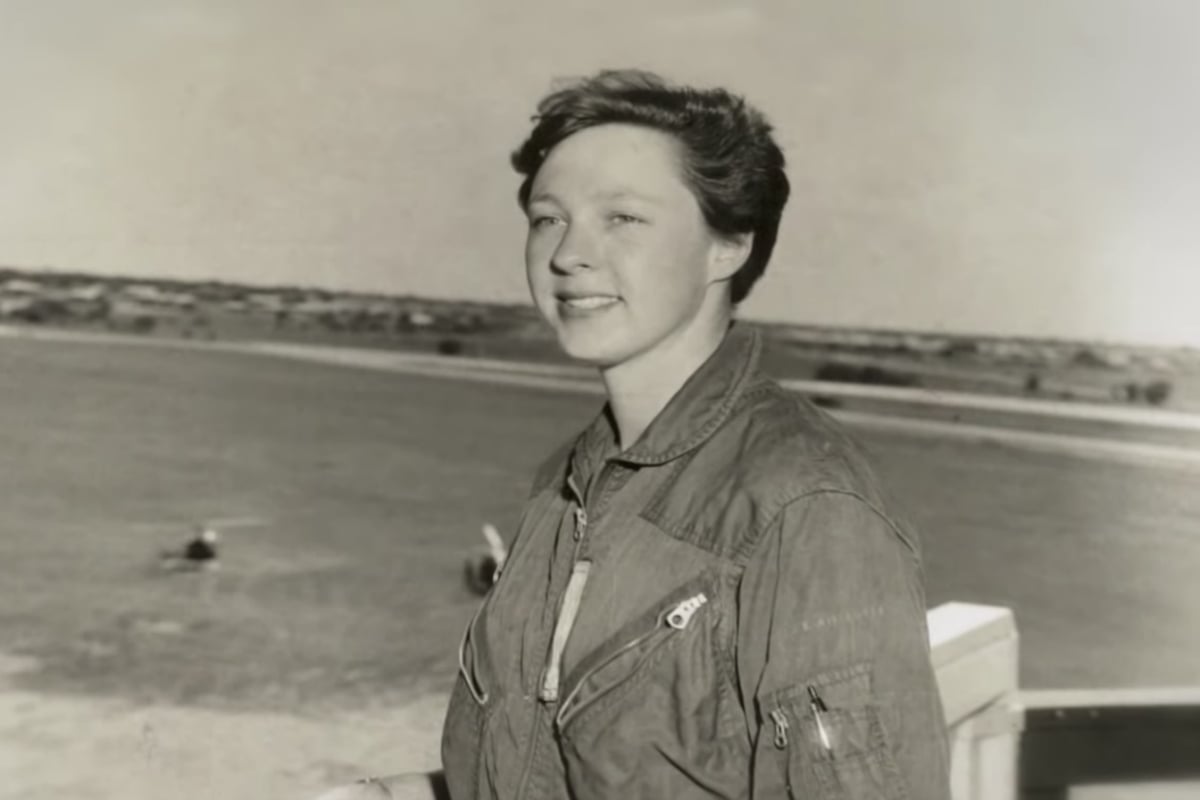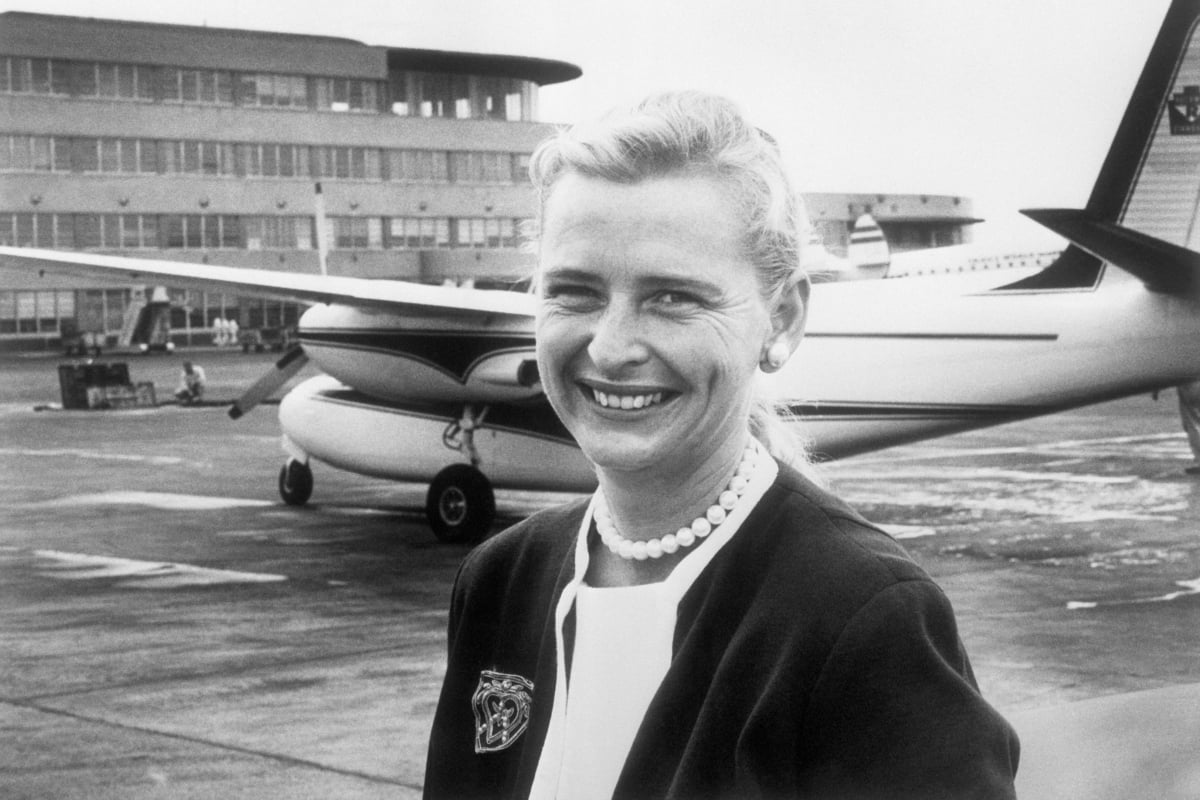
Years before man took a “small step” on the surface of the moon, there were 13 women who passed a gruelling set of tests to qualify for space travel. But because of a small technicality, they were not permitted to go.
Speaking to Claire Murphy on Monday’s episode of The Quicky, science journalist Sue Nelson discusses the ‘Mercury 13’ – the group of extraordinary women who surpassed several men in physical tests which cleared them for space travel in the 1960s.
But not only were they not allowed to be included in the first US space mission, while the Soviet Union sent the first woman to space in 1963, Valentina Tereshkova, the US didn’t follow suit until 1983.
Why we haven’t put a woman on the moon. Post continues after podcast.
Why?
Because NASA required all astronauts to have a jet qualification and women, at this time, were not legally allowed to fly jets.
“In 1960, a woman named Jerrie Cobb, who was an aviator, basically had taken the same tests as the Mercury 7 astronauts who were the first seven american astronauts in the human space flight program,” Sue explains.

